The greatest African empires include the Nubian Empire, Mali Empire, Ghana Empire, Songhai Empire, and Dahomey Empire. All these empires were extremely powerful before and during the invasion of the continent by the Europeans.
These empires could be regarded as Africa’s world powers. For them, it was about prosperity and power, which led them to trade with the colonial masters. Many of the great African empires played major roles in the Trans-Atlantic slave trade and in the early civilization of the continent.
5 Greatest African Empires and How They Fell
1. Ghana Empire
The Ghana Empire was also called Wagadou or the Land of Gold. It was located in modern-day Mauritania and western Mali and had nothing to do with today’s Ghana.
One of the greatest empires in ancient Africa, its existence is dated back to the 6th to 13th Centuries. Its capital was Koumbi Saleh.
Ghana Empire was famous for its wealth of natural resources. It had an abundance of iron, copper, gold, and ivory. The empire literally sat on a gold mine.
It was so rich that its dogs wore golden collars and its horses were adorned with silken rope halters and slept on plush carpets. If animals experienced such luxury, It can only be imagined how luxurious the people of the empire live.
At its peak, the empire was trading gold, ivory, and slaves in exchange for salt, horses, cloth, sword, and books. However, its neighbors, a Muslim group known as the Almoravids, got jealous of its economic boom and launched an invasion of its capital city. Fortunately, the empire repelled the attack.
What was unfortunate, however, was that due to incessant attacks, the empire was weakened and cut off from international trade. In 1240 CE, the great Ghana Empire was absorbed into Mali, which soon became a great empire.
2. Mali Empire
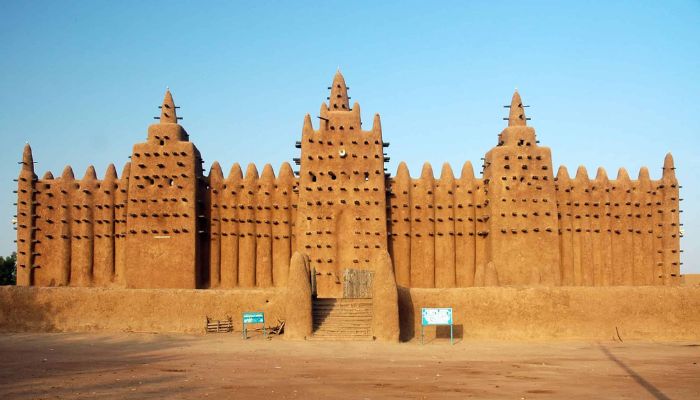
The Mali Empire of West Africa was founded by Sundiata Keita, also known as the Lion King. It was among the largest empires ever to spring. It spanned from the Atlantic Coast to the central parts of the Sahara Desert. In today’s world, the empire once occupied Senegal, Mauritania, Mali, Ghana, Ivory Coast, Guinea, Guinea Bissau, Western Niger, Burkina Faso, and the Gambia.
Its capital city was Niani, and the empire’s commercial powers were located in active commercial centers like Djenne, Timbuktu, and Gao.
The empire united other smaller kingdoms including the Malinke Kingdoms, near the upper Niger river. It expanded its territories and influence for over 4 centuries. The Mali Empire was popular for its abundance of gold and salt deposits, which helped the empire to grow its economy.
One of its greatest leaders was Mansa Musa I, who expanded the territory and caused the empire to flourish greatly.
Arguably, the fall of the Mali Empire was caused by its overwhelming greatness. It grew to a point that it became too hard to manage and so following the death of King Mansa Musa, the empire’s influence declined in Africa. Songhai empire conquered most parts of the Mali Empire, and by the 17th Century, it was occupied by the Moroccan Empire.
3. Dahomey Empire
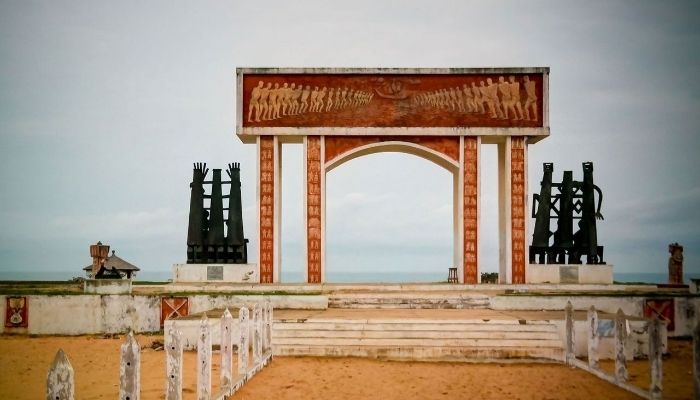
The Dahomey Empire is a kingdom in West Africa that flourished in the 17th and 18th centuries. It is located in present-day Benin. Dahomey became famous for the role it played during the Trans-Atlantic slave trade.
It was also recognized for its brave female soldiers, called the Agojie. They are one of the few all-female armies documented in modern history. The Ajogie was named Amazons by the Europeans.
Dahomey’s army would go to war with neighboring villages and take the inhabitants as slaves, which they later sold to the Europeans in exchange for weapons.
After about 1840, the empire transited from the slave trade to exporting palm oil. Instead of selling their slaves, they were kept and made to work on palm plantations. However, palm oil was less lucrative, which caused the economy to decline, leading to its fall.
In 1892, a french expedition defeated Dahomey and establish its protectorate there. Subsequently, it was absorbed into the french colony of Dahomey, and its capital became Porto-Novo.
4. Songhai Empire
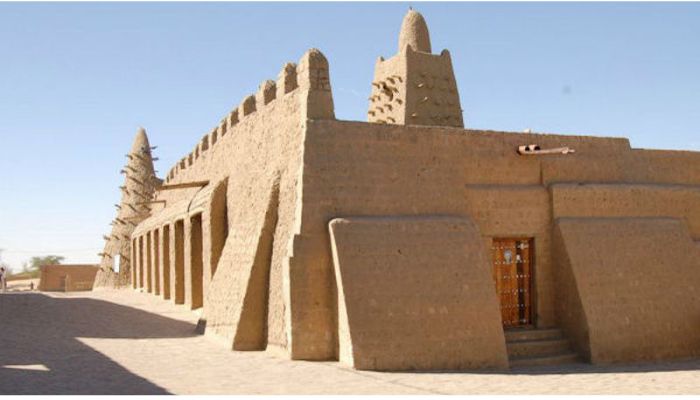
The Songhai Empire was the largest of the major pre-colonial empires of West Africa. It expanded to modern-day Gambia, Senegal, northwest Nigeria, and central Niger. Its capital was Gao.
The empire prospered due to its trade policies and its sophisticated bureaucratic system. In the 16th century, under the rulership of King Muhammad I Askia, The Songhai Empire reached its economic boom. The king captured new territories and forged an alliance with Egypt’s Muslims Caliph and established numerous Islamic schools.
Despite its strength and prosperity, the Songhai Empire crumbled in the late 1500s after a period of civil war which left them vulnerable. The Sultan of Morocco took advantage of this and invaded the empire, which marked the end of one the greatest African empires.
See Also: Hadza Tribe: Truth About Their Culture, Traditions, & Language
5. Nubian Empire
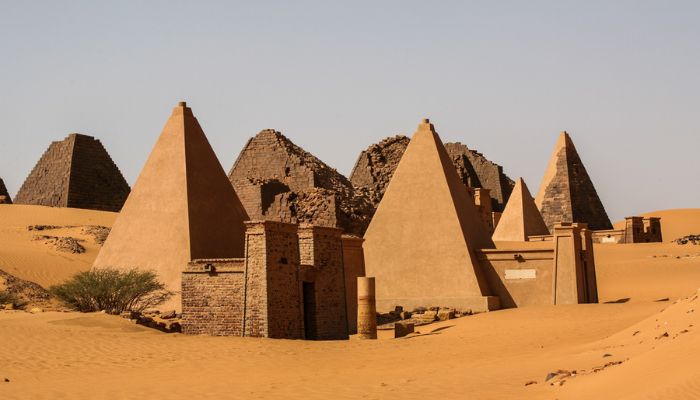
Located in northeastern Africa, modern-day Sudan, and southern Egypt, the Nubian Empire was known for its rich deposits of gold, ebony, and ivory. It was divided into two regions, upper Nubia, known as Kush, and Lower Nubia known as Wawat.
The ancient Nubians were well-known for their archery skills. It was because of this that after the death of a ruler, he or she was buried with archery tools.
Before it became an empire of its own, Nubia was once occupied by Egypt to the extent that the rulership of Nubia was assigned by the Egyptians. However, the power of the latter soon began to wane and Nubia rose to the occasion to take back its territories and make its kings Pharaohs over Egypt. This opened doors for the reign of the Kushite Pharaohs.
The fall of the Nubian Empire came as a result of attacks from Egypt.
These are not all the greatest African Empires, but just a few. Some of the Empires not mentioned in this article include The Land of Punt, Carthage, Great Zimbabwe, and the Oyo Empire, which were all powerful in their own rights and played major roles in the promotion of the Trans-Atlantic slave trade.










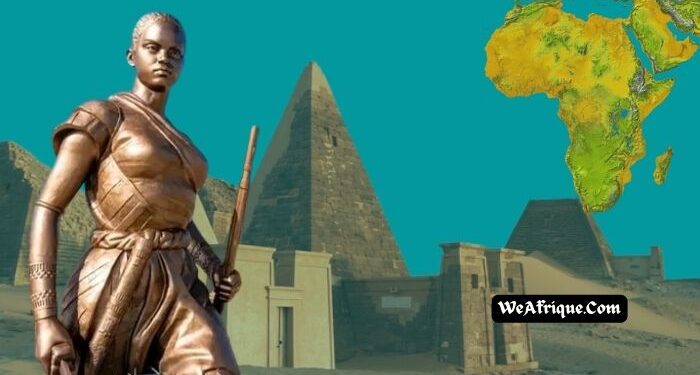










Discussion about this post